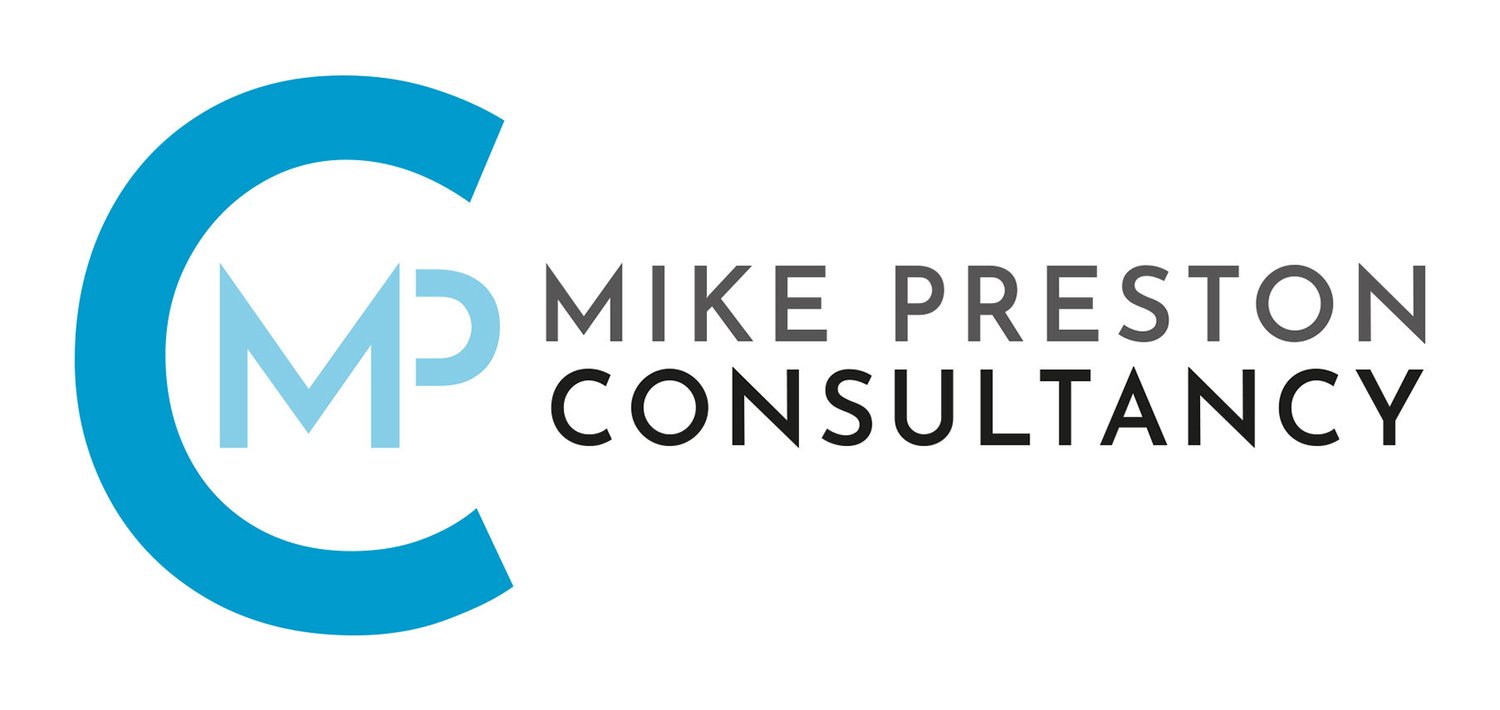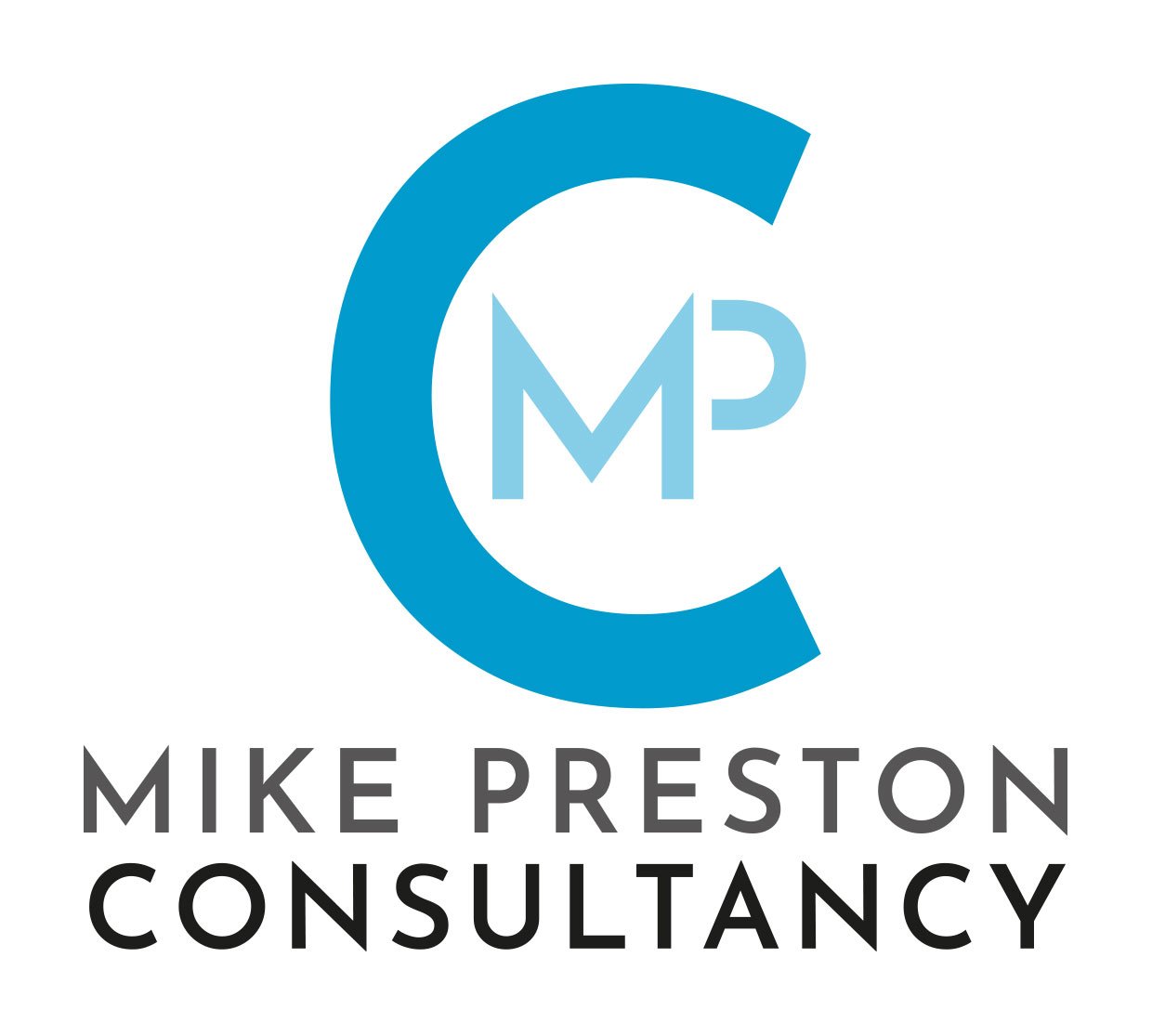The Hidden Costs of Inefficient Processes: How to Identify and Eliminate Them
In the world of charities, every pound, every hour, and every ounce of effort is precious. These vital resources are dedicated to making a tangible difference in the lives of those you serve. However, what if a significant portion of these resources is being quietly consumed by hidden inefficiencies within your processes?
Inefficient processes aren't just about wasting time; they carry a multitude of hidden costs that can impact your charity's ability to achieve its mission. From frustrated staff and volunteers to missed funding opportunities and reduced impact, the consequences can be far-reaching.
The Silent Saboteurs: Identifying Inefficiencies in Your Charity
So, how do you spot these hidden inefficiencies that are quietly eroding your effectiveness? It requires a proactive and introspective approach.
Listen to Your People: Your frontline staff and volunteers are often the first to feel the pinch of inefficient processes. They are the ones navigating clunky systems, duplicating efforts, and encountering bottlenecks daily. Encourage open communication and actively solicit their feedback. Ask questions like:
"What's the most frustrating part of your day?"
"What task takes longer than it should?"
"Where do you feel like your efforts are duplicated?"
"What processes are consistently causing delays?"
Map Your Processes: Visualising your current workflows can reveal surprising redundancies and unnecessary steps. Choose a specific process – perhaps volunteer onboarding, grant application submission, or donor communication – and map out every single step, from start to finish. Include who is responsible for each step, what tools are used, and any hand-offs between individuals or departments. This "as-is" map will often highlight:
Duplication of effort: Are multiple people entering the same data?
Unnecessary approvals or hand-offs: Can a step be eliminated or streamlined?
Bottlenecks: Where do tasks consistently get stuck?
Lack of clarity: Are roles and responsibilities clearly defined at each stage?
Analyse Your Data: Metrics can provide concrete evidence of inefficiencies. Look at:
Time spent on administrative tasks: Are your team members spending too much time on paperwork instead of mission-critical activities?
Error rates: High error rates often point to confusing or overly complex processes.
Response times: Are you taking too long to respond to enquiries or process requests?
Resource allocation: Are you consistently over-resourcing one area while another is struggling?
Observe and Question: Sometimes, simply observing a process in action can reveal hidden inefficiencies. Shadow a team member for a day or watch how a specific task is completed. Ask "why" repeatedly at each step. "Why is this done this way? Why is it passed to that person? Why is this system used?" This "5 Whys" technique can help you get to the root cause of the inefficiency.
Look for Resistance to Change: While resistance to change can be a human tendency, it can also highlight ingrained inefficiencies. If a new, more efficient way of working is proposed and met with significant pushback, it might indicate that the existing, less efficient process is deeply embedded and perceived as the "only way."
Tools for Turbocharging Your Charity's Efficiency
Once you've identified areas for improvement, it's time to implement solutions. Here are some powerful tools to help you eliminate inefficiencies:
Process Re-engineering/Optimisation: This involves redesigning your processes from the ground up, focusing on simplicity, effectiveness, and efficiency. It's about questioning the status quo and imagining ideal workflows.
Standardisation: Create clear, documented procedures for common tasks to ensure consistency and reduce errors.
Automation: Identify repetitive, manual tasks that can be automated using technology (e.g., automated email responses and data entry into CRM systems).
Technology Solutions: Embrace digital tools designed for non-profits:
CRM (Constituent Relationship Management) systems: Centralise donor data, track interactions, and automate communications.
Project Management Software (e.g., Asana, Trello): Improve team collaboration, task tracking, and project oversight.
Cloud-based document management: Reduce reliance on physical files, improve accessibility, and streamline sharing.
AI tools: Explore AI for tasks like data analysis, report generation, and even initial donor outreach.
Accounting software: Streamline financial management, payroll, and reporting.
Training and Skill Development: Ensure your team has the necessary skills to utilise new systems and processes effectively. Invest in training that empowers them to work more efficiently.
Outsourcing: Consider outsourcing non-core functions (e.g., payroll, IT support, some administrative tasks) to free up internal resources to focus on your charity's core mission.
Regular Reviews and Continuous Improvement: Efficiency is not a one-time fix. Schedule regular reviews of your processes to identify new bottlenecks as your charity grows and evolves. Foster a culture of continuous improvement where everyone is encouraged to suggest better ways of working.
Take the First Step: Unlock Your Charity's Full Potential
Identifying and eliminating inefficiencies can seem like a daunting task, especially for busy charities with limited resources. However, the long-term benefits – increased impact, greater donor trust, and a more engaged team – are invaluable.
To gain an objective, expert perspective and a clear roadmap for improving your charity's operational effectiveness, consider a comprehensive organisational review.
Ready to unlock your charity's full potential and ensure every resource is directed towards your vital mission?
Contact Mike Preston Consultancy today to discuss how an organisational review can help you identify and eliminate hidden inefficiencies, leading to greater impact and sustainability.


